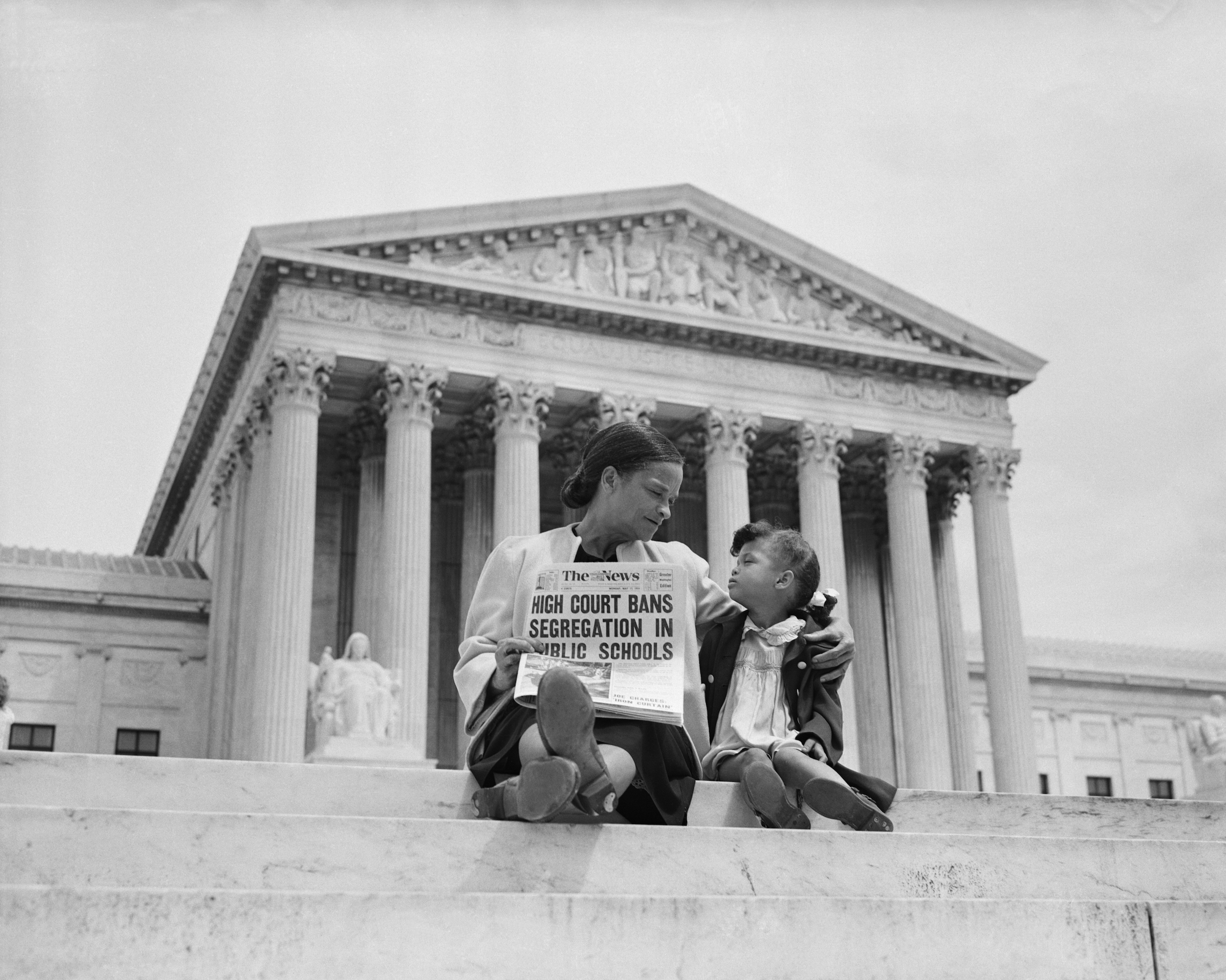
Introduction
Jim Crow laws were a series of state and local statutes enacted in the United States from the late 19th century to the mid-20th century. These laws legalized racial segregation and discrimination, primarily targeting African Americans, but also affecting other minority groups. The term "Jim Crow" originated from a racial caricature portrayed by a white actor in blackface during the early 19th century. These laws codified racial segregation, denying African Americans their civil rights and fostering a deeply unequal society.
Origins of Jim Crow Laws
The origins of Jim Crow laws can be traced back to the Reconstruction era following the American Civil War. After the abolition of slavery, the South faced significant social, economic, and political upheavals. Former slaveholders and white supremacists sought to regain control over African Americans' lives and limit their newfound freedom and rights. As a result, they began implementing various segregationist measures.
Plessy v. Ferguson and "Separate but Equal" Doctrine
In 1896, the U.S. Supreme Court's ruling in Plessy v. Ferguson solidified the legal foundation for Jim Crow laws. The court's decision established the "separate but equal" doctrine, allowing states to enact racially segregated facilities as long as they were deemed equal in quality. However, in practice, these facilities were far from equal, perpetuating systemic discrimination and racial inequality.
Key Segregationist Measures
The Jim Crow laws encompassed a wide range of discriminatory practices in various aspects of life, including:
-
Segregated Schools: African American children were often denied access to the same educational opportunities as white children. Separate schools for black students were established, receiving far fewer resources and inferior facilities compared to their white counterparts.
-
Public Accommodations: Many public places, such as restaurants, theaters, hotels, and parks, were segregated along racial lines. African Americans were forced to use separate, often substandard facilities, such as "colored" water fountains or restrooms.
-
Transportation: Public transportation, such as buses and trains, was segregated, with designated seating areas or even separate vehicles for black and white passengers.
-
Voting Restrictions: Poll taxes, literacy tests, and other discriminatory practices were employed to disenfranchise African American voters, preventing them from participating in the democratic process.
-
Housing: Segregated housing practices, such as redlining, ensured that African Americans were limited to specific neighborhoods with lower property values and limited resources.
-
Employment Discrimination: African Americans faced significant barriers to obtaining decent employment, often relegated to low-paying jobs with no prospects for advancement.
Resistance and the Civil Rights Movement
Despite the oppressive nature of Jim Crow laws, African Americans and sympathetic white allies mounted various forms of resistance. Grassroots movements, civil rights organizations, and influential leaders, such as Martin Luther King Jr., Rosa Parks, and Malcolm X, emerged to challenge segregation and demand equal rights for all Americans.
End of Jim Crow Laws
The tide began to turn in the mid-20th century, with landmark Supreme Court decisions challenging the constitutionality of racial segregation. In 1954, Brown v. Board of Education declared racial segregation in public schools unconstitutional, marking a significant blow to the "separate but equal" doctrine.
The Civil Rights Act of 1964 and the Voting Rights Act of 1965 further dismantled Jim Crow laws and established federal protections against racial discrimination. These pivotal pieces of legislation prohibited segregation in public places and ensured equal voting rights for all citizens.
Conclusion
Jim Crow laws represent a dark chapter in American history, reflecting the deeply ingrained racism and discrimination that plagued the country for decades. While these laws have been formally abolished, the legacy of Jim Crow continues to influence modern-day discussions on race and inequality. Understanding this period is crucial to recognize the progress made in civil rights and to work towards a more just and inclusive society.


